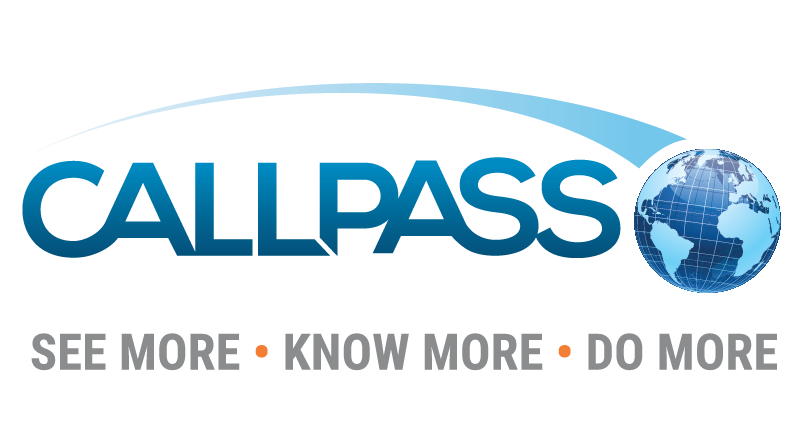Increasing Logistics & Shipping Costs Reinforce the Need to Optimize Each Asset in Your Supply Chain
The current issues with the supply chain aren’t going anywhere in 2022. Companies can expect to see steep increases in shipping prices as transportation and logistics providers are asking for much higher prices in contracts. Demand is still far outweighing supply, so the inflationary pressure is likely to persist as rates are set to double for many annual contracts.
Reasons for Higher Costs
Compared to 2020, domestic shipping rates are up by about 23% for moving goods by road and rail. Trucking companies are pointing towards their own higher costs, which include increased salaries for finding workers in a tight job market. For one freight forwarder, the contracted rate to ship a 40-foot container from Asia to the US will double to $6,500-7,000 in 2022. To compare, ocean carriers paid about $1,500 for the same service in 2019, before the pandemic.
When Will it End?
Not until at least 2023 will we start to see prices moderate when demand eases and companies are able to replenish their inventories. For now, the value of products and the importance of the sale is greater than the increase in transportation costs for many companies. They don’t want to lose a sale because of shipping prices and trying to find a cheaper option.
Methods for Saving Money
To try and combat the increased prices and save their bottom line, many shippers are using various methods to keep the cost inflation at bay. Depending on the company and products, this can mean consolidating loads to minimize truck trips, or renting truck trailers as storage units instead of paying high warehouse rents. However, one of the best ways to save money on shipping costs is through asset tracking.
Making the Most of What You Have Through Advanced Asset Tracking
A robust asset tracking solution combines GPS tracking devices on each asset that collect data that can be viewed from a software dashboard. These devices can collect location information including departure, arrival, and dwell time. Fleet and operations managers then analyze this information to find areas for improvement.
One of the biggest benefits of implementing an advanced asset tracking solution into your transportation operations is maximizing the utilization of each of an organization’s trailers, chassis, and containers. Often overlooked, but mismanaged assets can hold your business back tremendously.
Lost, misplaced, and forgotten trailers happen more often than one would think and when trailers in your fleet go unused, you lose money, plain and simple.
An asset management system enables you to keep an eye on every logistics asset 24/7! Transforming your operations asset utilization will have an immediate effect – boosting per-asset ROI, reducing spending on new assets, and more!
Making the Most of What You Have Through Advanced Asset Tracking
Supercharging your operations with an asset tracking solution, such as the CallPass LANA Asset platform, also enhances your ability to properly manage the health of your assets. With real-time accurate reporting, you can easily stay up to date with mileage, and maintenance records to schedule the best time for a tune-up rather than waiting until there’s an emergency that slows you down.
Stay Ahead in 2022
Implementing a solid asset tracking system now not only helps you make it through the increasing transportation costs of 2022. It also sets you up to have a more profitable 2023 when costs decrease and you maintain this level of efficiency.
Contact CallPass today to learn how you can have more optimized operations and elevated asset management this year by utilizing superior technology.


